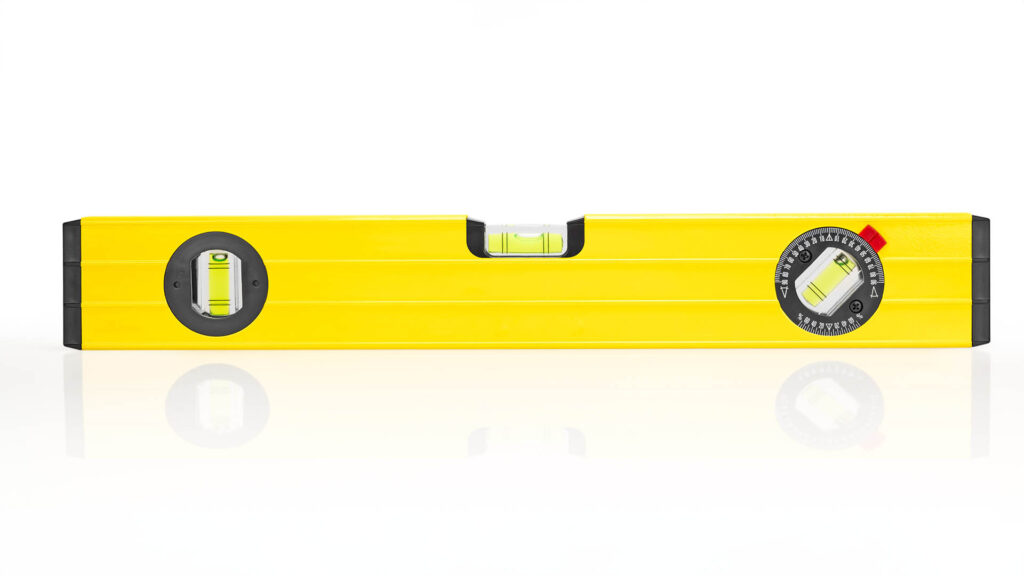A bit of a “steady as she goes” report card on the health of the Australian economy last month from the National Australia Bank.
Business conditions were down a touch, while business confidence was up a touch. The bank’s economists said the reading from its monthly survey continued “the trend of above-average activity indicators alongside below-average confidence that has defined the NAB Business Survey for much of the past year.”
Business conditions fell 1pt to +9 index points, with the NAB saying both trading conditions and employment were broadly steady, while profitability fell 4pts.
Business confidence rose 1pt to +1 index point but remained below average.
“NAB Chief Economist, Alan Oster said in Tuesday’s release that “We’ve now seen conditions running a little above average and confidence a little below average for the better part of a year, which is a fairly unusual result in the history of the survey.”
“Fundamentally, it tells us that firms have continued to be a bit concerned about the outlook even as the economy has remained resilient.”
“At some point, we have to expect these two headline measures to come back into better balance, either because firms’ concerns are allayed and the outlook improves, or because the economy slows further – and of course, we hope it will be the former rather than the latter,” said Mr. Oster.
The NAB said that there are positive signs for two of the weakest sectors – retail and construction. Both saw improvement in confidence and conditions in the month, though in trend terms conditions remain weakest in these two rate-exposed sectors (because of previous weakness).
WA firms continue to report the strongest conditions among the mainland states. Forward orders improved – especially in retail – but are still negative and below average.
“There are tentative signs that supply and demand are coming into better balance with capacity utilization continuing to ease albeit gradually and from a high level. In line with this, the month saw some modest easing in the pace of labor and materials cost growth, but both remain elevated, and retail price growth also remained strong at 1.3% in quarterly equivalent terms.
Forward orders rose 3pts to -1 index point, with some improvement in retail (now -19 index points in trend terms). Capex was steady at +7 index points, while capacity utilization eased slightly, to 83.2%.
But so far as cost pressures are concerned, Mr. Oster said, they “remain elevated but have eased a little more this month, but retail price growth remains elevated.
“Fundamentally, this aligns with our expectation that progress on bringing inflation back to target will be gradual from here, and we expect that to be further reinforced by the Q1 CPI result later in April.”

